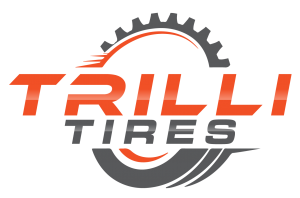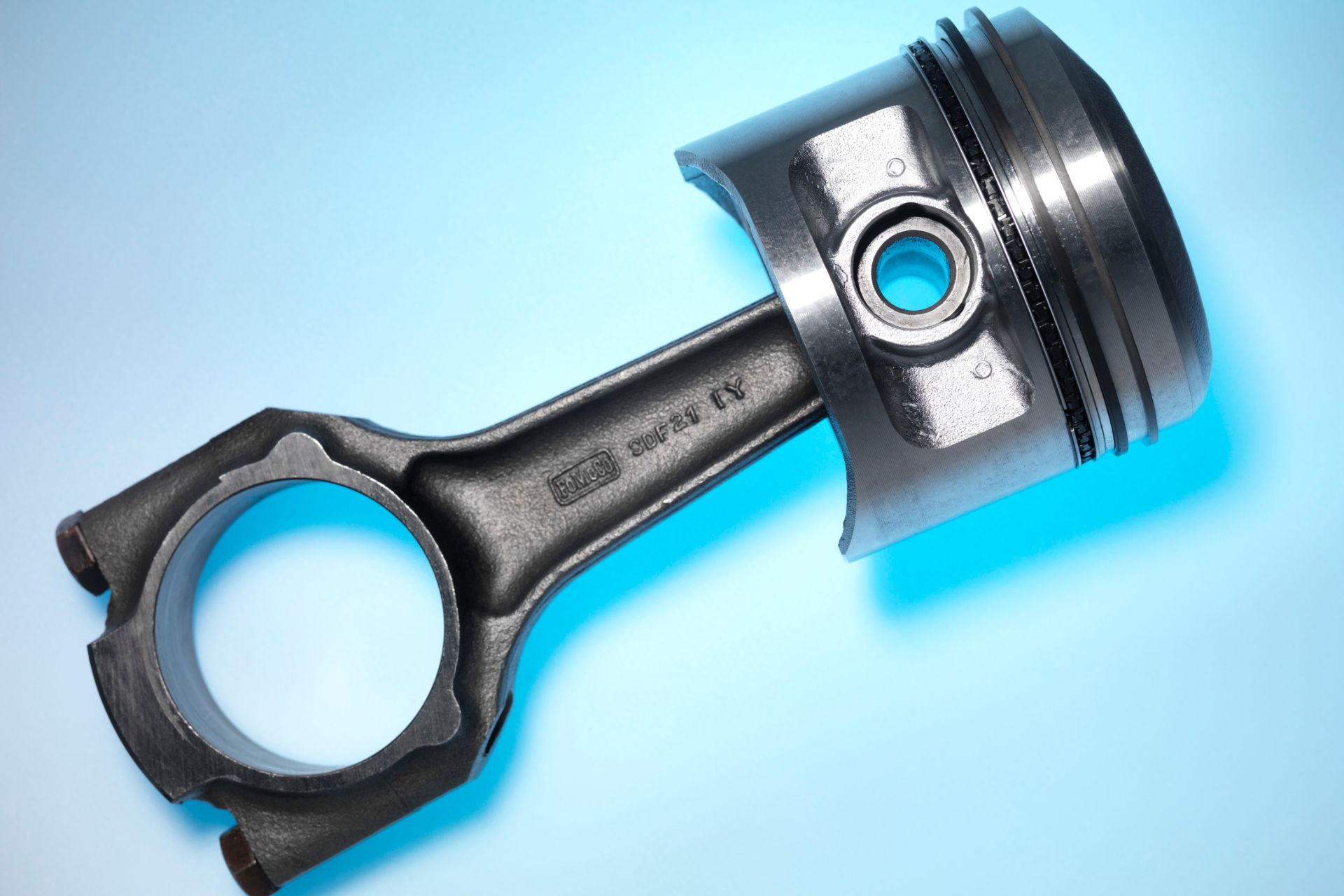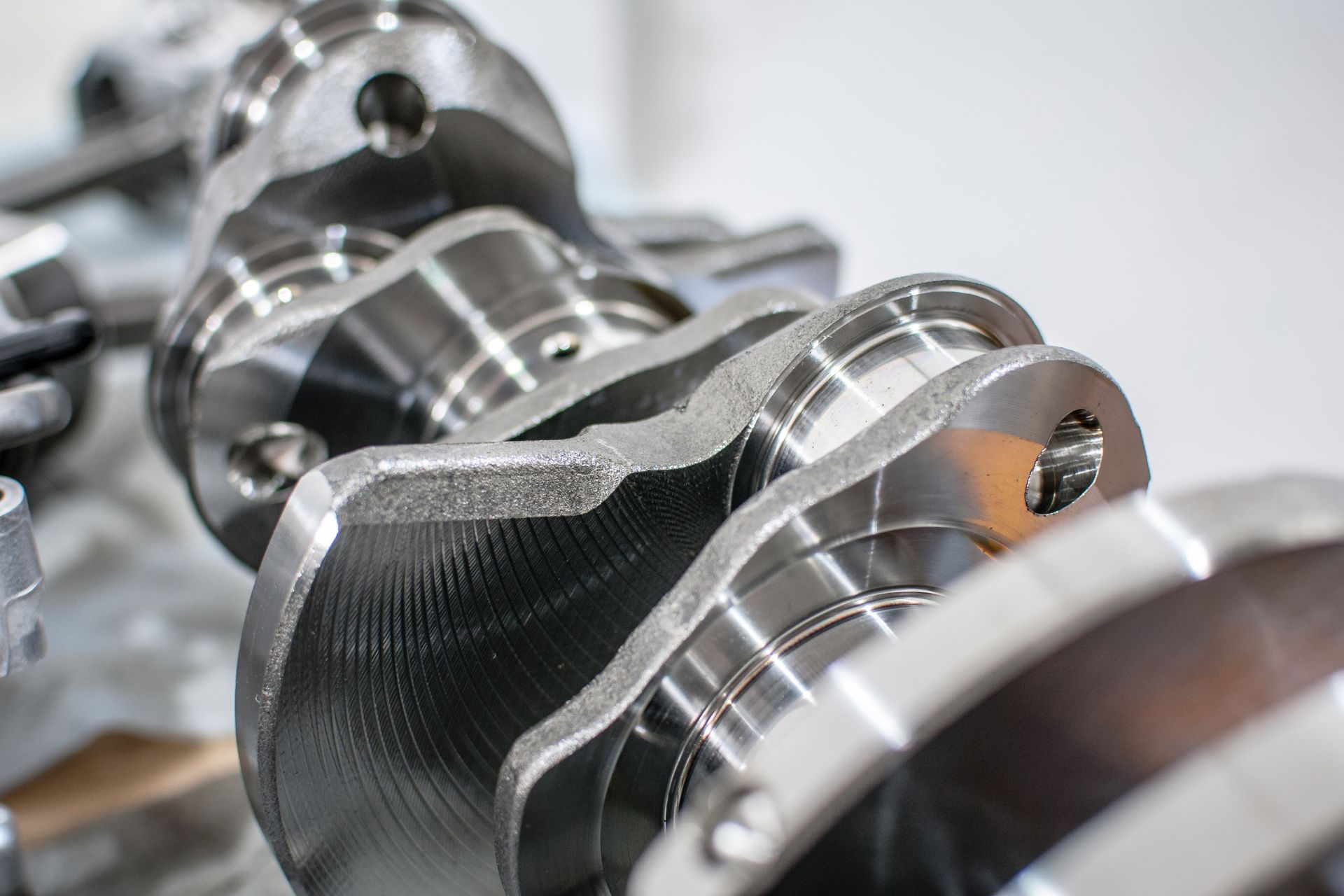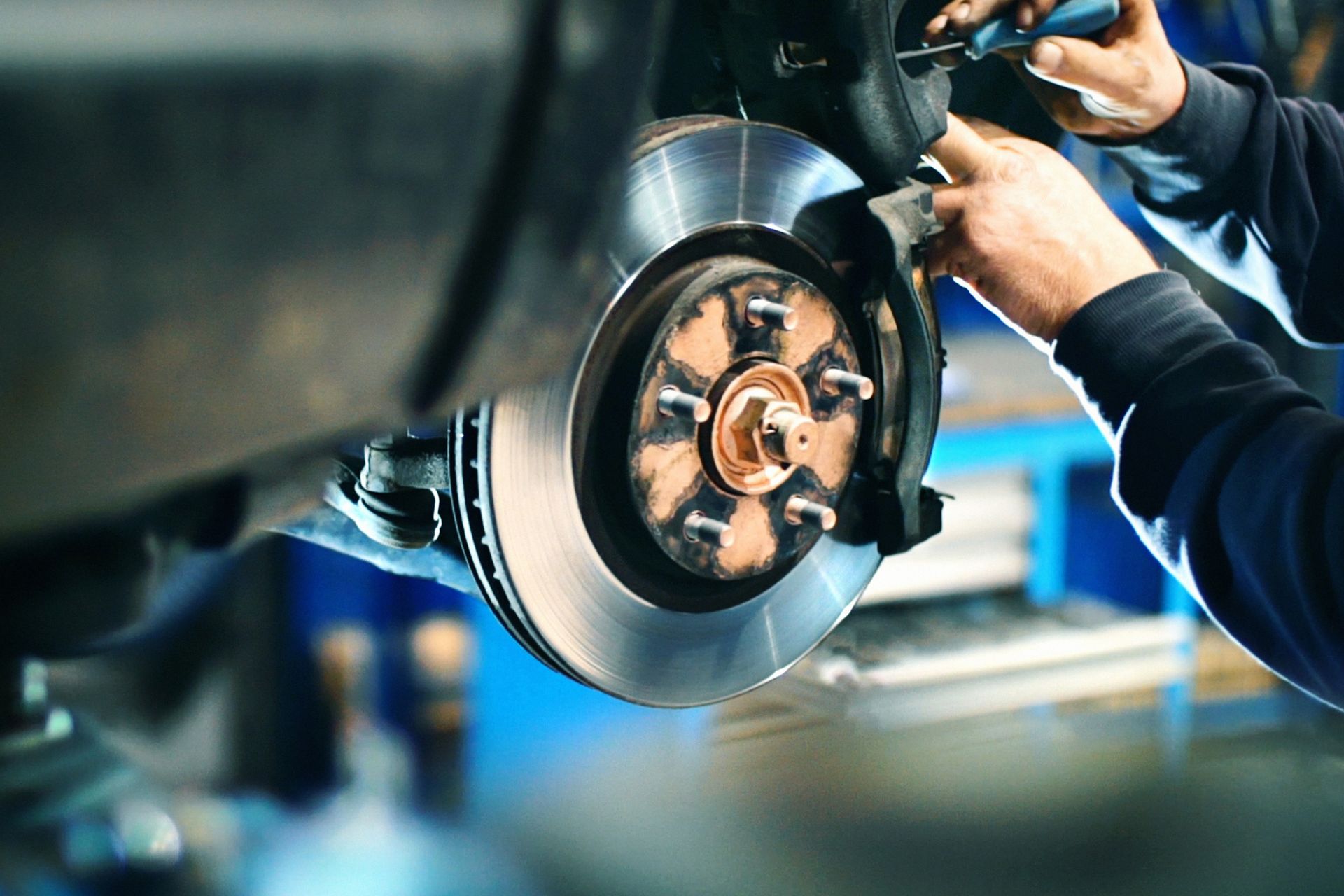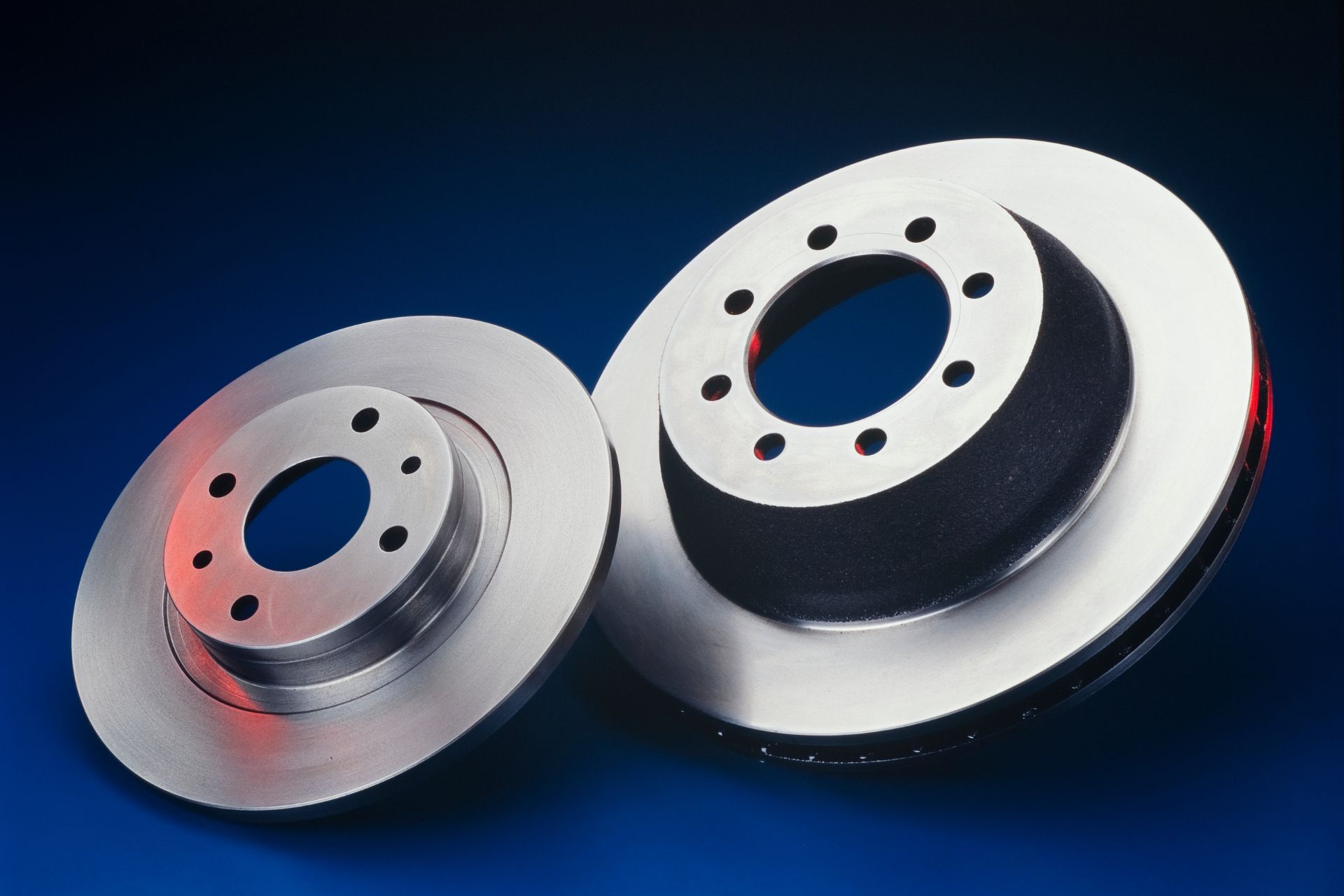Inside every internal combustion engine, movement depends on a precise set of mechanical components working together. At the center of this process are the pistons. They may look simple from the outside, but they play an extremely important role in generating power, maintaining efficiency, and allowing the entire vehicle to run smoothly. Pistons are constantly exposed to heat, pressure, and rapid motion, yet they continue to carry out their job thousands of times per minute. This detailed guide explains what pistons do, how they operate, why they are so vital for engine performance, and what happens when they begin to wear out.
What Pistons Are and How They Fit Inside the Engine
Pistons are cylindrical metal components that move up and down inside the engine’s cylinders. Each piston is connected to a connecting rod, which links it to the crankshaft. As fuel and air ignite inside the combustion chamber, the force pushes the piston downward. This downward motion is what eventually becomes the rotary power that drives the car.
Most pistons today are made of aluminum alloys. This material is chosen because it is both strong and lightweight. A piston must withstand extreme heat from combustion and the massive pressure created when the air and fuel mixture ignites, but it must also move freely and quickly without adding unnecessary weight to the rotating assembly.
How Pistons Create Engine Power
The main role of pistons is to convert the energy from combustion into motion. This happens through a repeated sequence known as the four-stroke cycle. This cycle includes intake, compression, power, and exhaust. Each step is essential for proper performance.
Intake Stroke
During this stage, the piston moves downward, creating a vacuum inside the cylinder. This vacuum pulls in a mixture of air and fuel. The intake valve then closes to prepare for the next step.
Compression Stroke
As the piston moves upward, it compresses the mixture. Compression increases the energy potential of the upcoming combustion event. Engines with higher compression ratios typically generate more power and better efficiency.
Power Stroke
This is where the major force is created. A spark plug ignites the compressed mixture, causing an explosion that sends the piston downward with great speed. This downward movement is transferred through the connecting rod and then to the crankshaft, where it becomes rotation.
Exhaust Stroke
Once the power stroke is complete, the piston moves upward again to push the burnt gases out of the cylinder through the exhaust valve. The cycle then repeats thousands of times per minute.
Through these constant movements, pistons enable the entire engine to run. Without their stable motion, the engine would not be able to create power or maintain consistent performance.
Why Pistons Are So Important for Engine Performance
There are several reasons pistons are fundamental to how well an engine performs.
Power Generation
The downward force created by combustion acts directly on the pistons. Stronger combustion events mean more force, and more force leads to greater power output. If pistons are worn, damaged, or not sealing correctly, the engine cannot create the pressure needed for strong performance.
Fuel Efficiency
When pistons create a tight seal with the cylinder walls, combustion pressure remains contained. This helps the engine extract as much energy as possible from each combustion event. Worn piston rings or damaged piston surfaces allow pressure to escape, lowering efficiency and increasing fuel consumption.
Smooth Operation
The up and down motion of pistons must be balanced and consistent. High-quality pistons with proper fitment reduce vibration, minimize noise, and help the engine run smoothly. Improper balance can lead to rough idle, loss of power, and long-term wear throughout the rotating assembly.
Emissions Control
When pistons seal properly, they keep combustion gases inside the chamber long enough for complete burning. This leads to cleaner emissions. Any leakage causes unburned fuel to escape, increasing pollution and stressing the catalytic converter.
Durability and Reliability
Pistons operate in one of the harshest environments in a vehicle. They face extreme heat, rapid movement, high pressure, and friction. When they function correctly, they contribute to a long-lasting, reliable engine. If they fail, major internal damage can occur.
Design Features That Make Pistons Effective
To perform their tasks, pistons include several built-in design features that support smooth and reliable operation.
Piston Rings
These thin metal rings create a seal between the piston and the cylinder wall. They prevent combustion gases from leaking and keep oil from entering the combustion chamber. There are usually three rings: two compression rings and one oil control ring.
Piston Skirts
The skirt is the lower portion of the piston. It keeps the piston stable as it moves up and down. Modern designs often include coatings that reduce friction and improve durability.
Piston Crown
This top surface experiences the direct force of combustion. Its shape affects how the air and fuel mixture burns. Different engines use different crown designs to influence performance, efficiency, or emissions.
Wrist Pin
This small pin connects the piston to the connecting rod. It must be extremely strong since it handles massive force during every rotation of the engine.
Common Problems That Affect Pistons
Although pistons are designed to last for many years, several issues can arise. Recognizing these problems early can prevent major engine damage.
Worn Piston Rings
When piston rings wear out, they lose their ability to seal the combustion chamber. This leads to lower compression, reduced power, higher oil consumption, and increased emissions.
Piston Slap
This occurs when the piston becomes loose inside the cylinder. It creates a knocking or slapping noise during startup. Over time, excessive movement can lead to cylinder damage.
Burned or Cracked Pistons
Overheating, detonation, or pre-ignition can damage the piston crown. Cracks, holes, or burned edges reduce performance dramatically and may require a complete engine rebuild.
Oil Consumption
If pistons cannot control oil properly, the engine may begin burning oil. This creates blue smoke from the exhaust and eventually damages the catalytic converter.
Loss of Compression
Any failure in sealing reduces compression, which weakens acceleration, power, and efficiency. Engines with low compression often struggle to start or run smoothly.
What Causes Piston Failure
Understanding the causes helps drivers prevent problems before they lead to major repairs.
Poor Lubrication
Insufficient or dirty oil increases friction and heat. Pistons require clean lubrication to glide smoothly inside the cylinders.
Overheating
High temperatures weaken metal components over time. They also increase the risk of detonation, which is harmful to pistons.
Incorrect Fuel Mixture
A lean mixture burns hotter and increases internal pressure. This can damage the piston crown or rings.
Detonation
Uncontrolled explosions inside the cylinder can crack or chip the piston surface. This usually occurs from low octane fuel, carbon buildup, or timing issues.
High Mileage Wear
Even with proper maintenance, pistons eventually wear down after many years of use. Engines with very high mileage may show signs of reduced sealing or increased oil usage.
How Technicians Diagnose Piston Problems
Skilled technicians use several methods to identify issues related to pistons.
Compression Test
This test measures pressure inside each cylinder. Low readings often indicate worn rings or damaged pistons.
Leak Down Test
This test helps determine how much air escapes from the combustion chamber. Excessive leakage points to sealing problems.
Borescope Inspection
A small camera allows technicians to inspect the pistons directly through the spark plug hole. This helps identify cracks or burn marks.
Oil Analysis
Metal particles in the oil can indicate wear inside the cylinders.
Exhaust Smoke Evaluation
Blue smoke indicates oil burning, often related to piston ring issues.
Why Maintaining Pistons Ensures Long-Term Performance
Regular maintenance helps protect pistons and the entire engine. Clean oil, high-quality fuel, proper spark timing, and cooling system care prevent excessive wear and overheating. Drivers who address early symptoms quickly can avoid major engine damage and extend the life of the vehicle.
Expert Engine Care You Can Trust
If your engine shows signs of reduced power, oil burning, knocking, or low compression, the pistons may need inspection. Timely service helps prevent expensive repairs and protects your vehicle for the long term.
For professional engine diagnostics and repair, contact TrilliTires serving Richmond Hill.
